 |
| Courtesy Flickr Creative Commons and Andy Carter |
We’re constantly told to write what we love to read. Easier said than done, because I find that most writers read a wide range of genres. But I had a long discussion with myself late last year and was forced to admit that I love YA novels, even the contemporary, nearly romantic ones.
But it didn’t end there. I think somewhere around the time I
read Moon Over Manifest, I realized
the frightening truth.
I’m a middle-grade geek.
Here’s the other cold hard truth I realized: actual
middle-graders who love to read are honest to the point of cruelty and don’t
give second chances.
Mind you, middle-grade covers a wide range of reading
levels. The silly Diary of a Wimpy Kid
type books are a far cry from the aforementioned Moon Over Manifest, which has been equally popular among adult
readers. Both, however, are considered MG. Perhaps there are writers who can
cover that range. But I think it’s safe to say that the new MG novelist should
choose his or her narrow audience and write to that level. Middle-grade aged
children develop at a rapid rate, many will go from chapter books to adult
novels within a one year span (I was reading Stephen King at 12…my nightmares
were spectacular!).
However, there are some commonalities that cover the
accepted middle-grade range of 8 to 12, specifically differences between YA and
MG.
- An MG character will tend to be very self-centered. The world revolves around 8 to 12 year-olds, as any parent can attest. A YA character, in her high school years, also tends to be self-centered, but will begin to see the world through the eyes of others. In fact, that’s a common character arc for a teen protagonist, from “it’s all about me” to “I’ll sacrifice for you.
- MG readers want snarky humor. Even if a horde of zombies is about to invade his living room, the MG character will think and say humorous things. Dialogue, especially, will be filled with one-line zingers. For boys, yes, potty jokes will always be the rage (try it, say “fart” in front of a group of ten year old boys and watch them erupt into laughter).
- So the drama. What adults see as minor blips in their day, MG characters must see as end-of-the-world scenarios. Her BFF didn’t “like” her Instagram photo of her first day of school outfit? Call the Marines and Dr. Phil.
- A great deal of tension (and we love tension, right?) is gained from the clique-ish behavior of middle-school kids. Split your characters into groups and set them against each other. Most of us can remember it. Yes, it’s still that brutal.
- MG readers are pretty darn smart. If they’re reading, they can handle three-syllable words. But they like a fast pace, lots of action, and–shall I mention it again?–humor. Of course, action is easy when every little thing in the MG world is high drama.
- Adults can be present, and even major characters, but they cannot solve the protagonist’s problem. Just like in adult fiction, your MG protagonist must be clever, smart, and move the story forward herself to its final conclusion. Mom cannot save the day at the end.
But when you do it well, it’s magic. And when your “slightly”
older middle-grade readers latch on to a piece of their childhood through the
words you’ve written, it’s like you’ve tapped into a whole new world.
As Christian writers, of course, we have another
responsibility. Secular YA is already plagued with the world view, especially
when it comes to sexual relations. Many also included a skewed version of Christianity.
We have an opportunity to use our gifts and talents to reach children while
they’re still developing their beliefs and opinions. We can impact that for God’s
glory.
So how about you? Are you considering middle-grade for your
next novel? I’d love to hear from you.




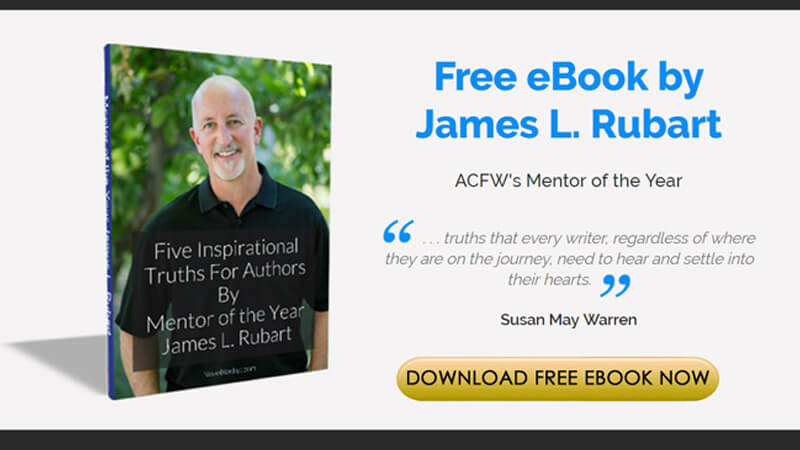
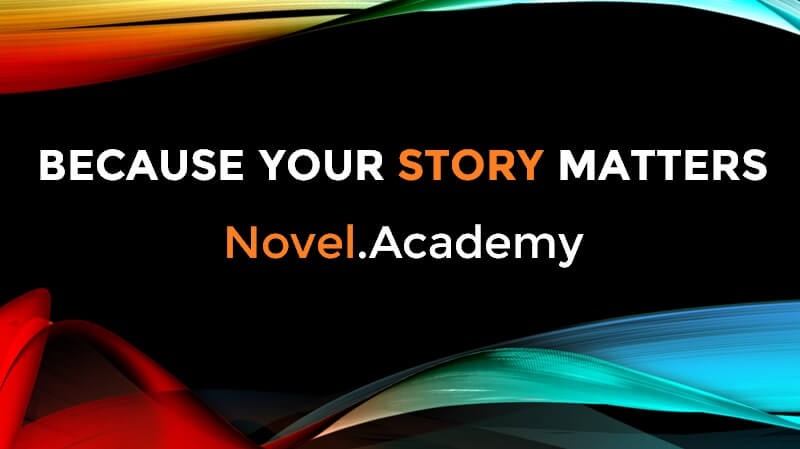
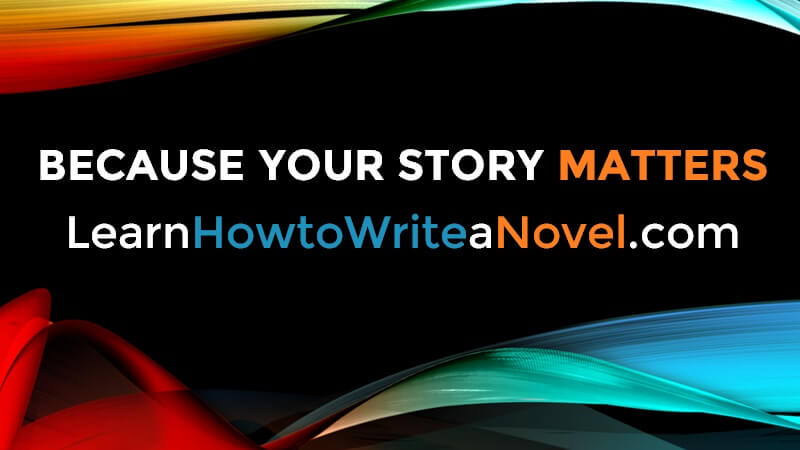
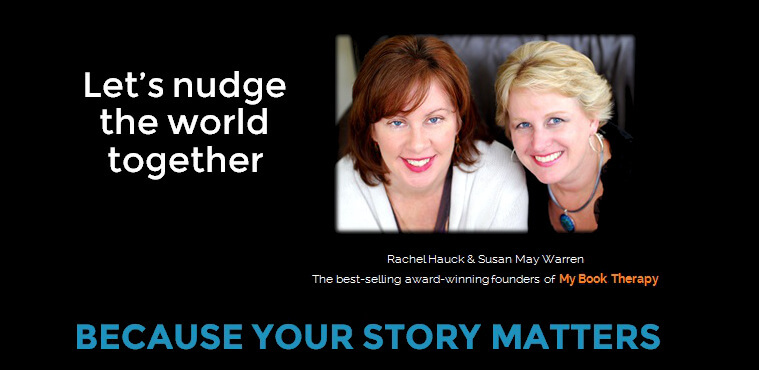
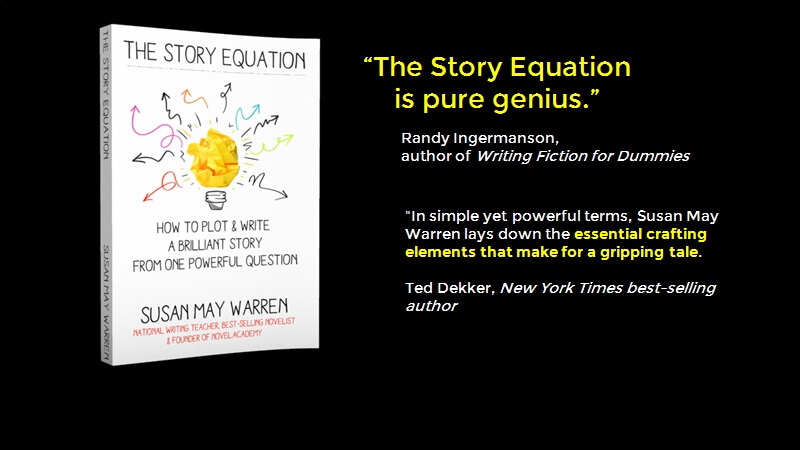
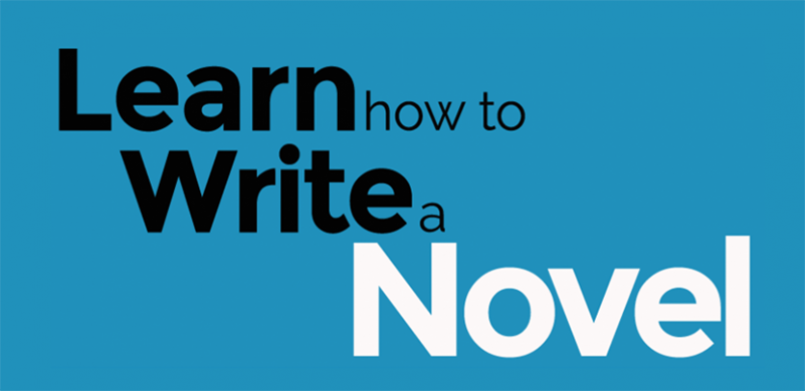


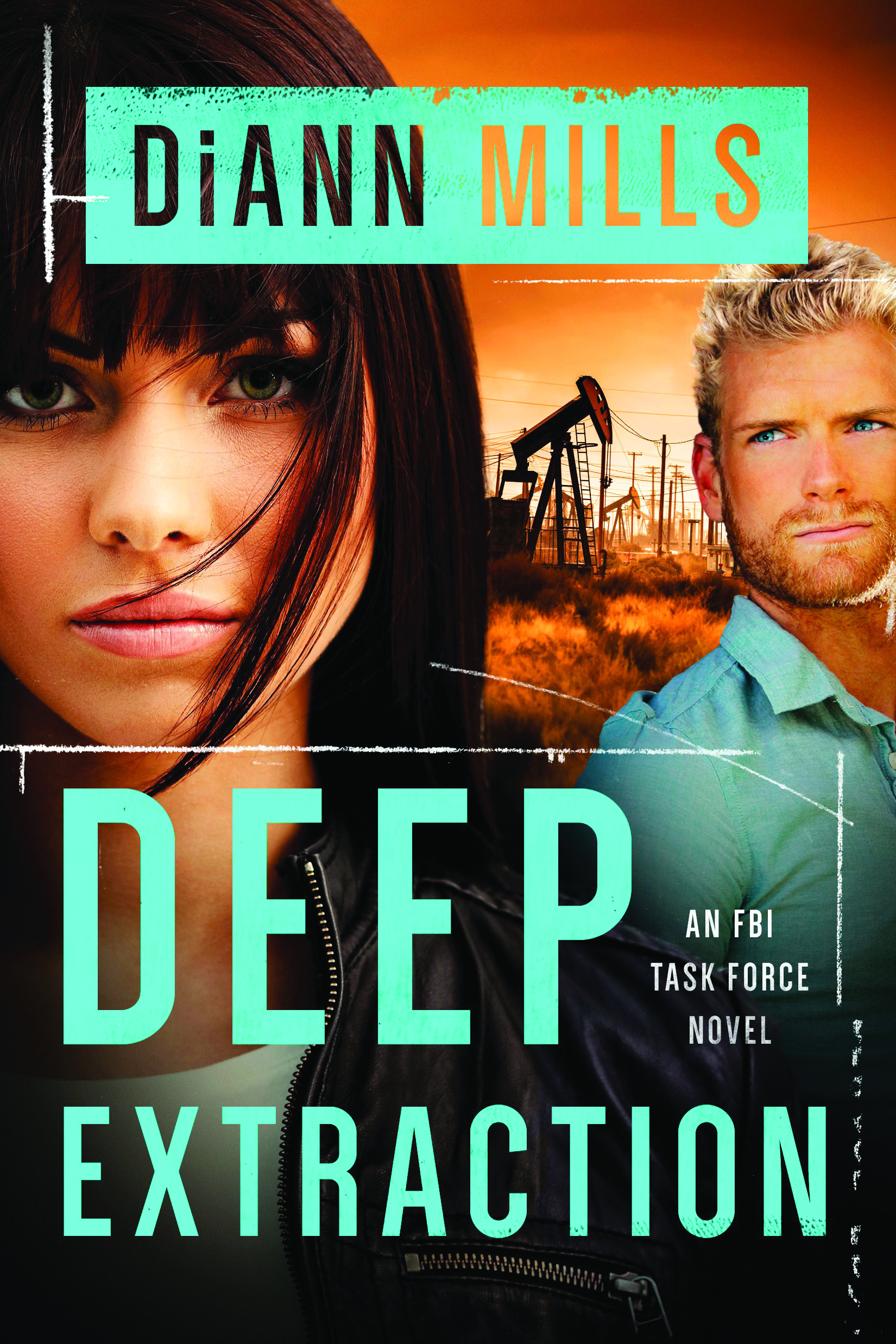
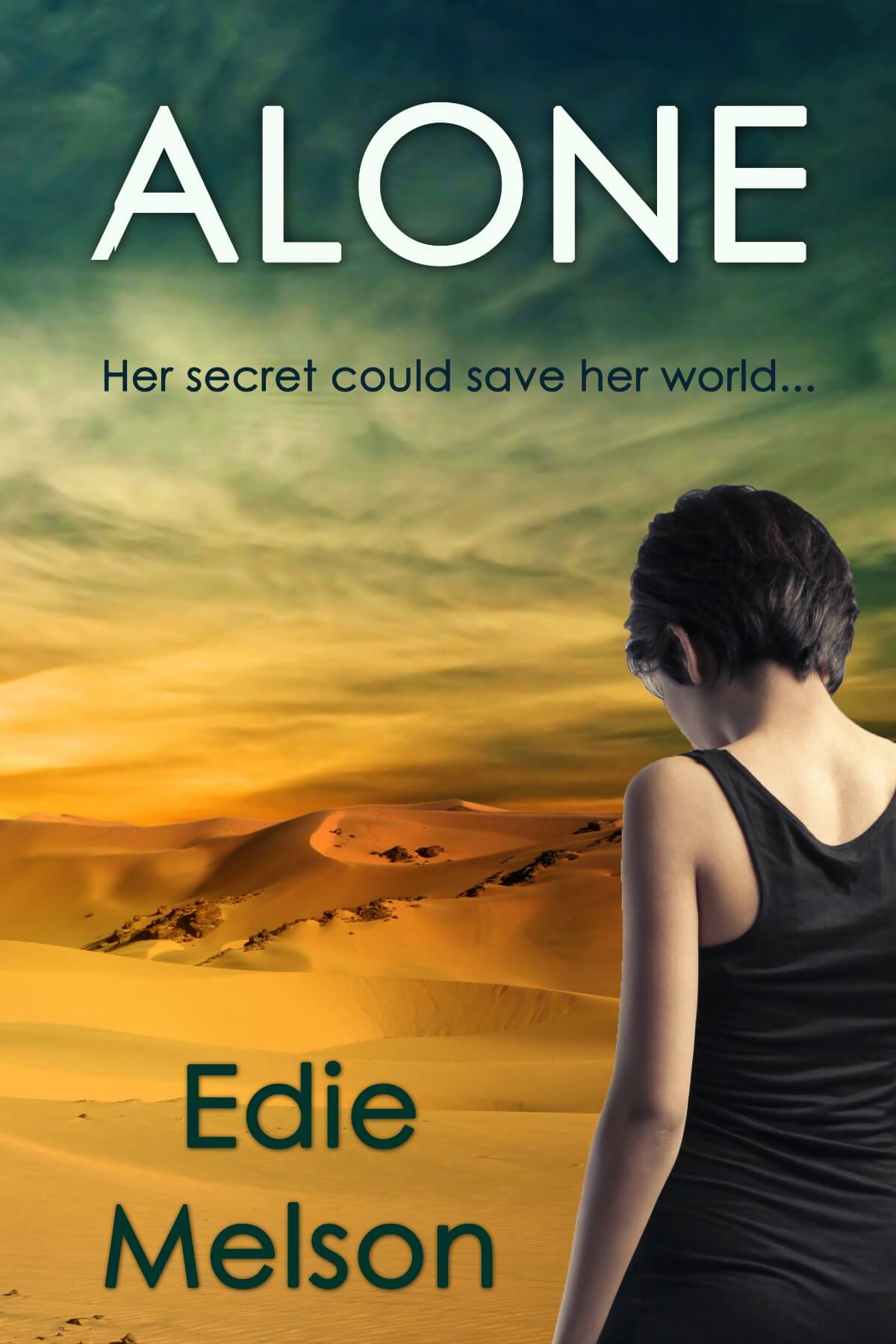









Thanks for the info on MG. I have considered this audience but not sure about it. However this article gives me more information.
ReplyDeleteGreat post. I love MG books. I fell in love with reading when I was eight. The authors I read from the ages of 8-12 changed my life. The characters I met in those books had as much impact on me as my friends in real life, I bet. I spent more time reading than with friends, at that age, probably.
ReplyDeleteMG authors have such an opportunity to change the world.
Twice recently I've read books that I thought were MG but the violence startled me. One really was MG and two characters died. (One was the villain - he died unpleasantly attacked by rabid rats, one was not - he was shot by the villain.) It startled me but the book was more aimed at boys so I wasn't sure if I should have been so surprised.
ReplyDeleteThe other book had death and some gruesome practiced by the villain. I discovered after I finished the book that it was marketed as YA. But to me it felt like a MG book that pushed the boundaries rather than a tame YA book - probably because the protagonist was only 13.
Thanks for this timely post!
ReplyDeleteMy first WIP is edgy contemporary women's fiction, but I'm currently working on an adventure/fantasy story for middle grades, sparked by an idea from my ten-year old son. What a fun experience, creatively, to write for this audience, the same age group that grew my love of books and reading.
I'm hopeful to not only honor God with my words and this story (which will be one of three in this series), but also pull in those 8-12 year old adventure-seeking readers looking for an exciting story and characters they can relate to.
Great article, thx.
ReplyDelete